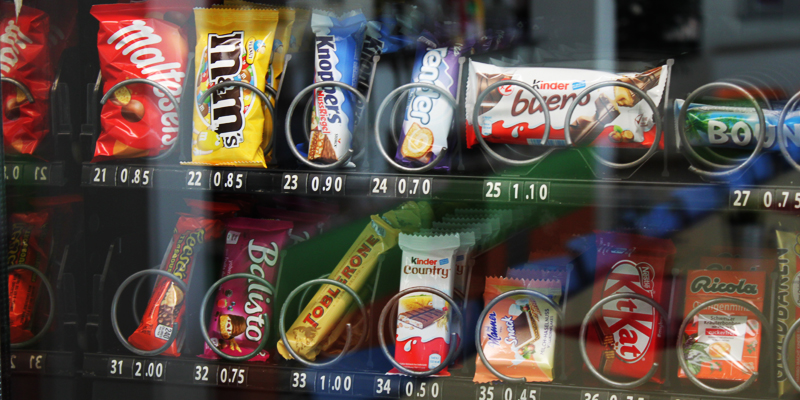How does package color shape consumer response?
January 21, 2019
MONDAY 21st JANUARY 2019 | READING TIME: 2 MINUTES
Article by Dr. Marion Garaus
Associate Professor: Department of International Management
Product packaging represents an essential component of communicating brand meaning to consumers. Especially at the point of purchase, packaging has been identified as the most important vehicle of communication.
Marketing literature identifies color as a crucial element for brand positioning and product identification. Against this background, it is surprising that only a limited number of studies have explored the influence of different package color options on consumers’ responses.
In general, companies can pursue two strategies when deciding on package colors. First, package colors can conform to an established color norm. Color norms develop either over time by following the example of existing dominant player in a certain product category (e.g., red for colas) or emerge due to the intuitive meaning a color has for a certain product category. (e.g., milk typically come in white packages). In addition, the intuitive meaning of a color for category develops due to learned associations consumers have to a specific color. For example, gold is associated with luxury, resulting in many luxury products to be packaged in gold. Similarly, the color red is associated with love and hence, red is often used for the package of romantic products.
Although brands tend to generally conform to this “market standard” (i.e., package colors correspond to color norms), a closer look in the marketplace reveals that brands sometimes choose unexpected or atypical package colors in relation to their corresponding product category in an attempt to attract attention and differentiate themselves from competition. Drawing from categorization theory, Marion Garaus and Georgios Halkias investigate how conforming versus not conforming to commonly-held product category color associations influence consumer emotional responses, and in turn product attitude and purchase intention.
Findings of two experiments offer compelling empirical evidence that package colors which match with product category color norms generate more positive consumer emotional responses than atypical package colors. The results show that an increase in package color typicality decreases consumer skepticism and enhances interest, leading to more positive attitudinal and behavioral reactions. In contrast, package color atypicality was found to negatively influence consumer preferences. Deviations from the norm make consumers being more skeptical toward the product and decrease interest.
In sum, package colors that conform to the category norm or some sort of a “market standard” seem to be more important, especially for new fast moving consumer good products where category color norms exist, as they allow product identification and classification under the right product category. Therefore, benchmarking with regard to package color decisions is strongly recommended.
Read the study in full on Dr. Marion Garaus' research profile
Related study programs:
BSc in International Management
BSc in International Management (Major in Interactive Marketing)
MSc in Management
MBA with a specialization in Digital Marketing and Social Media





